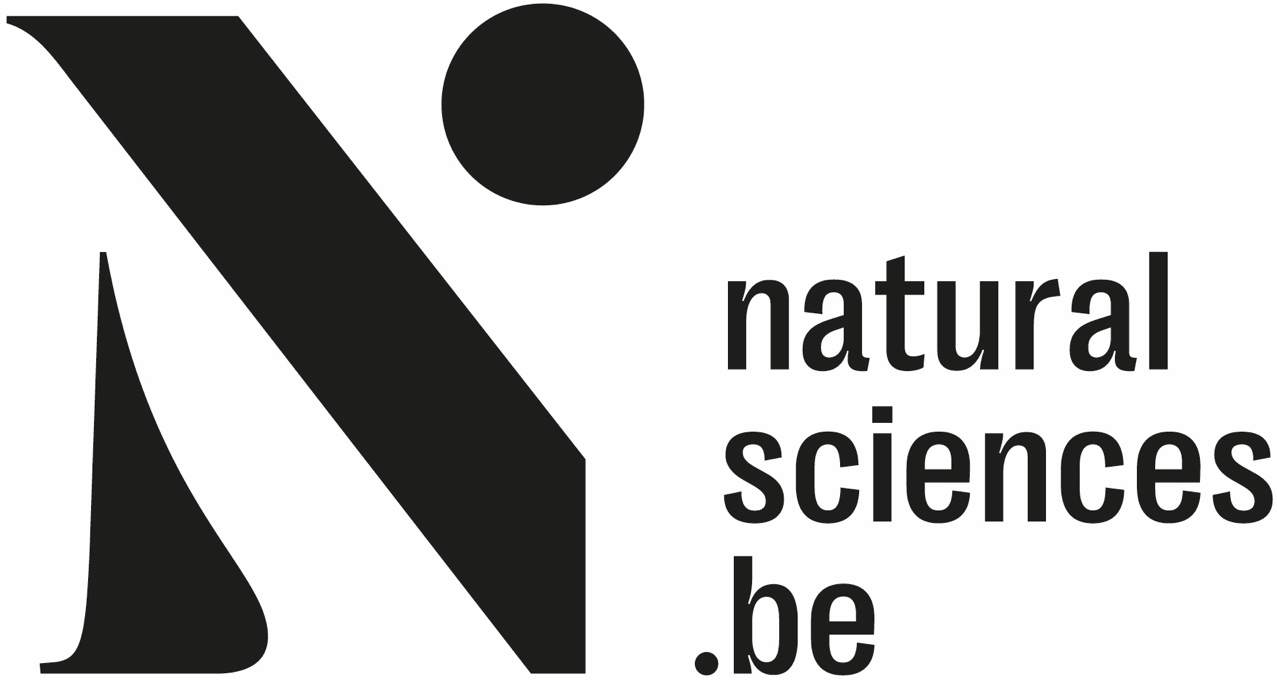
The Institute of Natural Sciences was founded in 1846 with less than 10 staff members focusing on exploring nature and broadening our knowledge of an endless, exciting, and dangerous planet. Now 178 years later, the institute comprises more than 400 scientists, administrative staff and technicians working together to bring people closer to nature. The institute is:
- A group of experts, researchers and government advisers supported by a modern research infrastructure
- The third-largest natural sciences collection in Europe and a major Belgian heritage institution
- One of the most visited museums in Belgium
The activities of the institute are spread over:
Research
The Institute of Natural Sciences does research in a wide range of disciplines: from biology, taxonomy and oceanography to geology, palaeontology and anthropology. Researchers often make use of our extensive collections in their studies, comprising nearly 38 million specimens or using the inhouse infrastructures as the research vessel Belgica and the surveillance aircraft OO-MMM.
Policy support
Linking research to policy and action is central to the mission of the Institute of Natural Sciences. To this end, research and monitoring activities are conducted and further developed to substantiate socially relevant policy questions in a wide range of areas. These include but are not limited to nature and biodiversity conservation, management of marine environments, sustainable use of geological resources and safeguarding human health.
Collections & Data
With 38 million specimens our Institute’s collections are the third largest in Europe, just after those of the London and Paris museums, and are amongst the largest in the world. Our natural history collections are the result of many decades of exploration and research. The scientific community is using collections like these to answer important questions about the past, present and future of our planet and life on Earth.
Museum
For the general public the museum is the visible part of the Institute of Natural Sciences. The Dinosaur Gallery is world famous and the largest in Europe.
Within the MCMLab, the Institute of Natural Sciences wants to provide access to the research vessel Belgica as a test platform for the MCMLab activities in relation to MCM operations but also linked to underwater radiated noise (silent ships). On a second note, our experience in oceanography and seabed mapping can also support the MCMLab activities.
Proven sectors of activity
- Marine research infrastructure and equipment
- Oceanography
- Seabed habitat mapping
